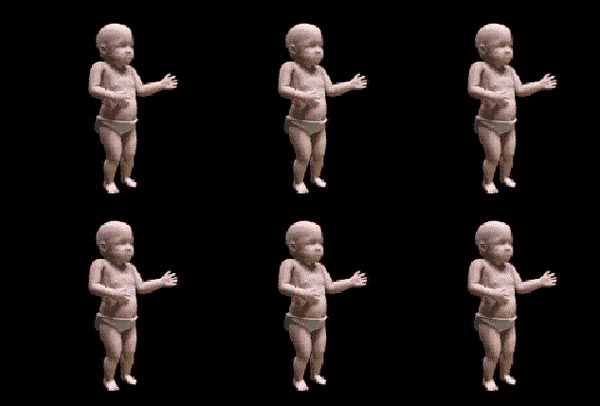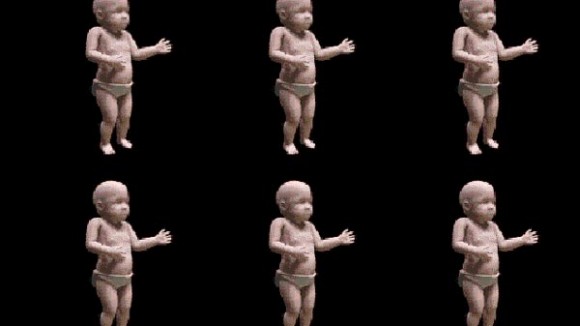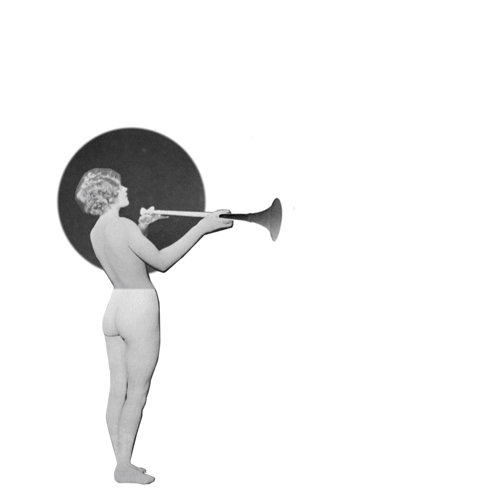

Animated GIFs: Annoying Fad or Teachable Moment?

Opinions on animated GIFs range from pure hatred to unabashed overuse. “Hide your eyes,” wrote one reporter on CNET. Meanwhile, Tumblr, which is the undisputed platform for animated GIF enthusiasts, announced it has reached over 100 million blogs. Now that Google has released a new search tool for these dynamic images, some wonder if we’ve reached peak GIF.
We may be experiencing the second incarnation of animated GIFs, a 25-year-old medium, but it feels totally different this time. More than just dancing babies and glittery hearts, animated GIFs now have the potential to evoke a whole new narrative depth. They can be distractingly anarchic or subtly creepy. They can also strike a balance between these two, offering a small, yet thoughtful charge of emotion. Alastair Macaulay’s homage to the State of Liberty in The New York Times was illustrated with three animated GIFs, each with calming, subtle looping movement—the rolling waves of the New York Harbor, a bird soaring past Lady Liberty, and the swaying branches of the trees on Ellis Island. Why aren’t all newspaper articles illustrated so dynamically?
 Whether or not the revival of the animated GIF is a fleeting trend, they present an opportunity for animators and the community-at-large. Vine, which is Twitter’s answer to the animated GIF, is quickly becoming a teachable moment. “Vine is a wonderful thing,” wrote Daniel Stuckey on Motherboard. “It’s teaching the mainstream how to loop.”
Whether or not the revival of the animated GIF is a fleeting trend, they present an opportunity for animators and the community-at-large. Vine, which is Twitter’s answer to the animated GIF, is quickly becoming a teachable moment. “Vine is a wonderful thing,” wrote Daniel Stuckey on Motherboard. “It’s teaching the mainstream how to loop.”
On an obvious level, animated GIFs are a simple, lo-fi educational tool for teaching loop cycles. But I think they could yield far greater potential; animated GIFs could be to up-and-coming animators as ACEOs are to illustrators, painters and print makers— highly collectible miniature works of art that are traded and sold. I could also see an increase in animators taking commissions to create customized GIFs for avid fans.

Now that apps and software have foolproofed the GIF-making process, many have begun to experiment in wholly refreshing ways. Animators like Polly Dedman are creating animated GIFs unlike any I’ve seen before (see above). Major events, such as elections and award ceremonies, are being live GIFfed. Even Hollywood is exploring how animated GIFs can effectively promote feature length films by making them available as collectible downloads. The GIF is here to stay. So how can the animation community stake its claim in this rapidly evolving narrative medium?

